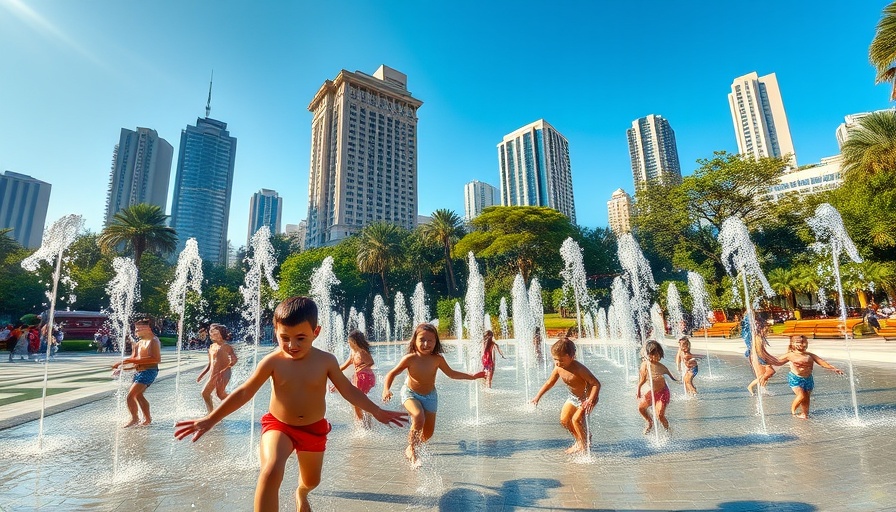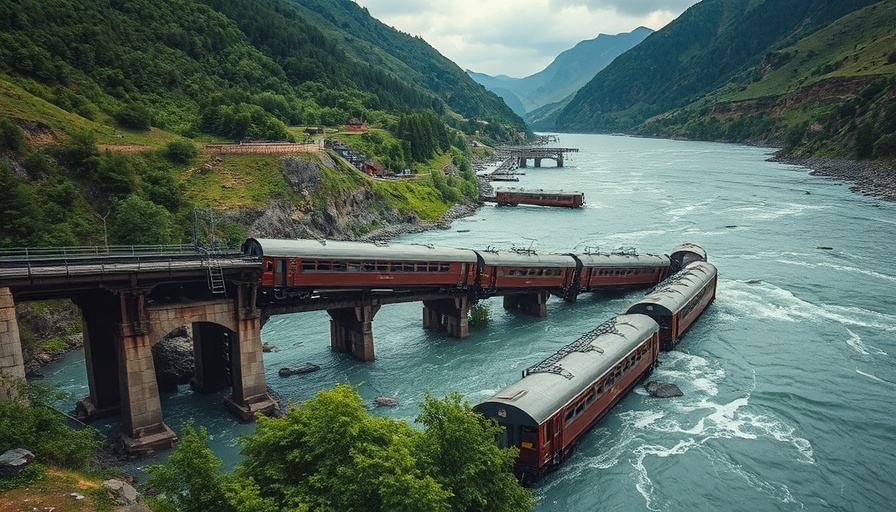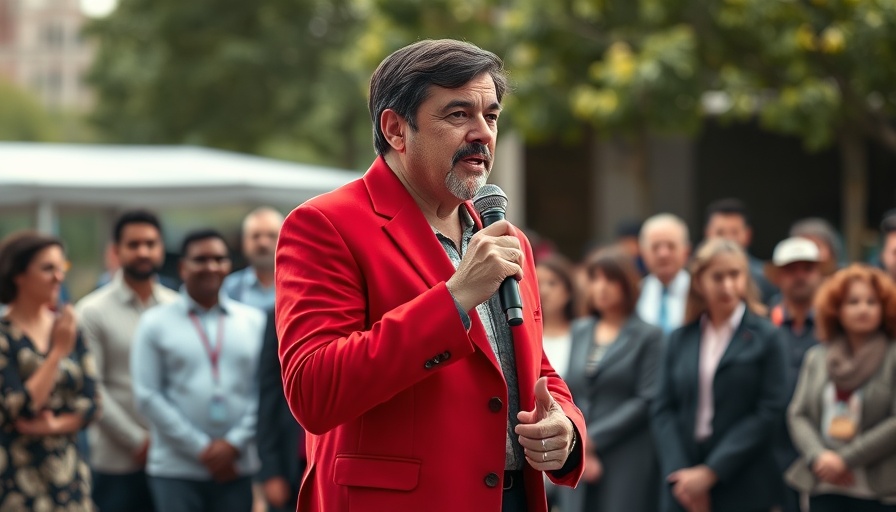
A Looming Water Rate Increase: What San Diego Residents Need to Know
As summer temperatures peak in San Diego, residents are bracing for a significant change in their monthly expenses. On September 30, the San Diego City Council will consider an alarming proposal: a 63% hike in water rates and a 31% hike in wastewater rates over the next four years. The prospect of such increases, arriving just as families settle into the sweltering heat of August, may leave many feeling overwhelmed and bewildered.
This hike is not unexpected, as the city has been facing mounting challenges to deliver reliable water supply amid growing demands and infrastructure needs. The current notice of public hearing received by residents outlines how these rate adjustments will affect their average monthly water bills, and while the details may seem overwhelming, understanding them is crucial for effective household budgeting going forward.
Understanding the Background
The basic premise behind the rate hikes stems from a complex interplay of factors, including the increasing costs of securing water from external sources and the necessity of maintaining aging infrastructure. San Diego relies heavily on imported water, and national trends in climate change are exacerbating existing drought conditions, making water procurement more expensive.
Moreover, the city's infrastructure, some of which dates back several decades, requires significant upgrades. With population growth leading to greater demands on the water system, both conservation efforts and investments in infrastructure have become vital for the sustainability of San Diego's water supply.
The Economic Implications for Residents
For the average San Diegan, this rate increase could translate to an additional burden in an already challenging economic climate. Families budgeting their monthly costs might find themselves recalibrating their priorities as essential services become more expensive. This situation raises pertinent questions about equity and access: How will lower-income families cope with rising costs when basic necessities like water become pricier?
Understanding the scale of this increase relative to past rates is paramount. Historical data shows that over the years, rate adjustments have become increasingly frequent and steep, suggesting a trend that may continue as municipal water management evolves.
Future Predictions and Trends in Water Management
Looking ahead, the challenge of managing water scarcity in Southern California is expected to intensify. Experts predict that unless major changes and investments are made in the region’s water conservation and management systems, residents may face even steeper price hikes in years to come. Innovative technologies, conservation programs, and alternative water sources will need to be prioritized to mitigate these future costs.
Additionally, as climate patterns shift and become more unpredictable, the city may need to pivot towards more sustainable practices, which could initially require higher investments. However, with smart planning and community engagement, these practices can lead to long-term savings and a healthier environment.
What Can San Diegans Do?
In light of these changes, residents need to arm themselves with knowledge and advocate for responsible water policies and practices. Community awareness campaigns remind people to conserve water and practice responsible usage habits, which can help ease the burden of rising costs. Engaging with local representatives to express concerns or support for sustainable practices can also play a significant role in shaping future water management decisions.
Moreover, staying informed about ongoing discussions at City Council meetings and participating in public hearings can give residents a voice in these crucial decisions. It’s vital for citizens to demand transparency and accountability from city officials, ensuring that their need for accessible water does not fall by the wayside amidst financial interests.
Conclusion: Taking Action for Responsible Water Practices
The upcoming water rate hikes pose both a challenge and an opportunity for San Diego residents. While adjusting to rising costs may be daunting, residents can engage with their local government, advocate for sustainability, and adapt their water usage habits to navigate this new reality. By coming together as a community, San Diegans can influence positive changes and ensure a responsible approach to managing their most essential resource.
Now is the time to take action! Engage with local leaders, advocate for sustainable practices, and become part of the solution to secure a better water future for San Diego.
 Add Row
Add Row  Add
Add 




Write A Comment